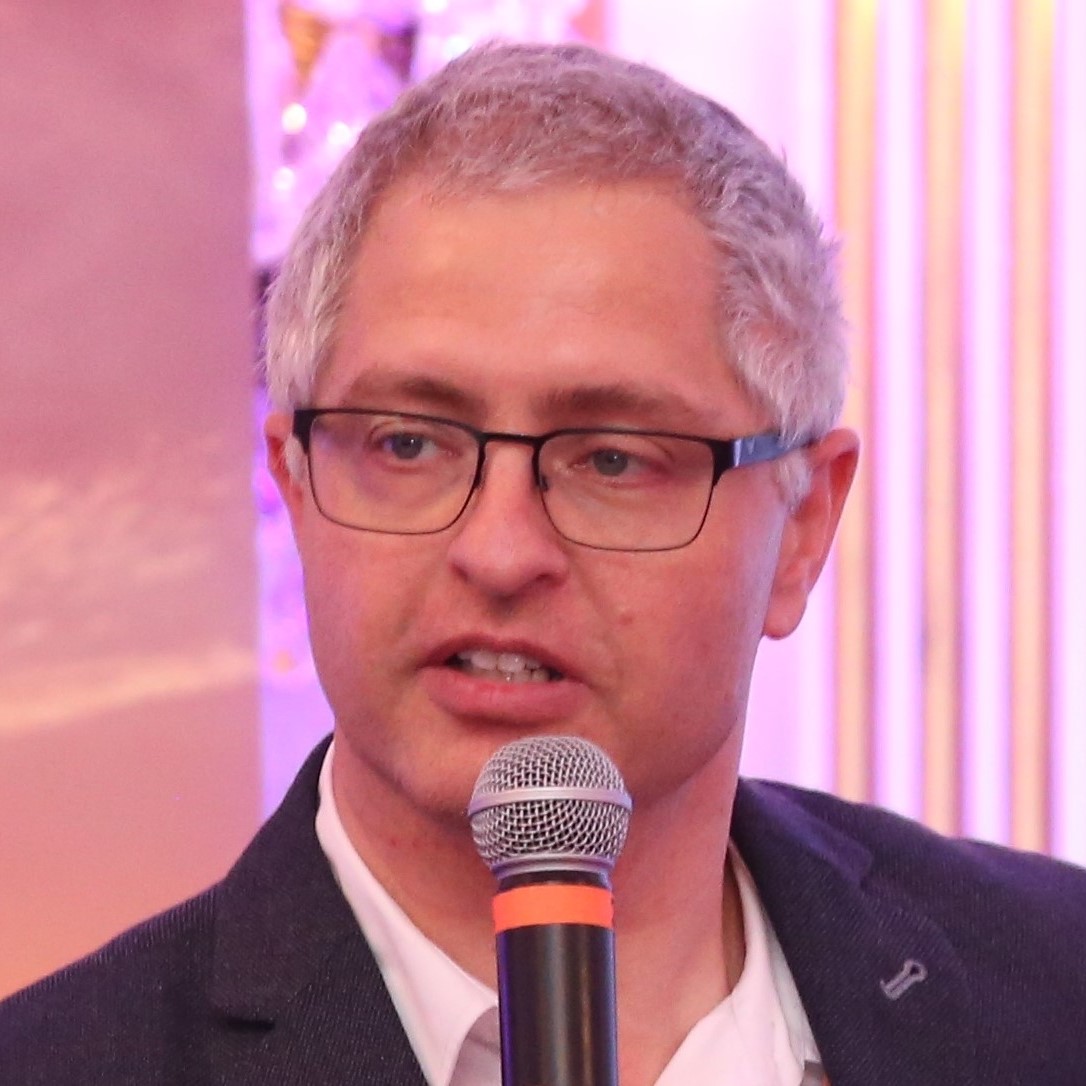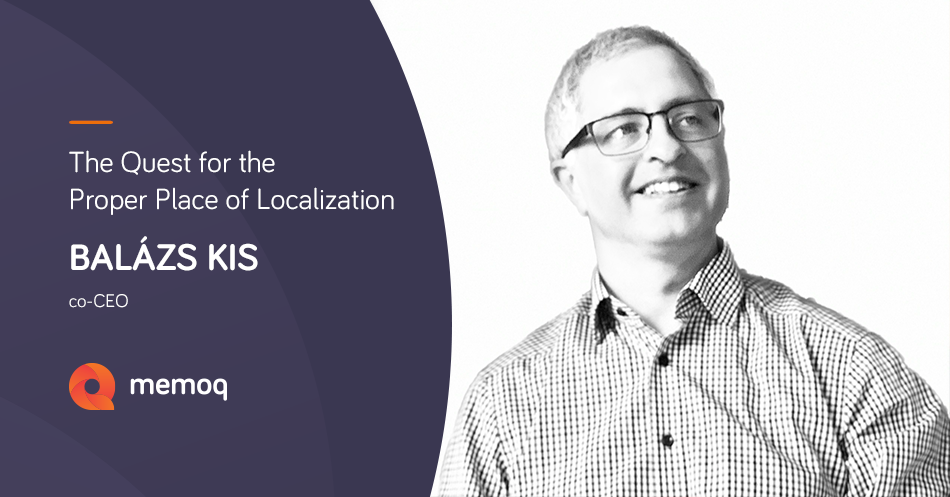To my mind, The Proper Place of Men and Machines in Language Translation was, and still is, a fundamental writing about machine translation. Written by Martin Kay of Xerox Research in 1980, it manages to be relevant to this day—which speaks volumes to its quality. I heard Martin speak about this at a summer school in Edinburgh in 1995. This talk, and that summer school in general, was a formative experience: it defined, to a great deal, how I think of translation and of language technology.
Well, in 1995, localization had just begun to be a thing, with some companies recognizing that they have to be culturally adequate in target markets if they want to sell worldwide. Although I was active in natural language processing, I got into the business of localization quite by accident: in the mid-90s, I wrote a couple of books about Windows servers, where I happened to create a number of Hungarian terms that Microsoft did not have at the time. After the first book was out, our little publishing firm was contacted by some awesome professionals from Microsoft, who were generous enough to include us in the terminology discussions in their software localization process. This is how I got to witness the baby steps of something we now know to be a well-established industry.
It is a truth universally acknowledged (well, maybe not, but there seems to be consensus enough) that you globalize through localization. You have a product or service that was created in one culture—and when you want to sell it elsewhere, you make it work in the culture of the target region.
If you want to have it easy, you can localize your product by taking everything that is in language (spoken or written), translating it to the language(s) of the target region(s), and replace the original ‘thing’ with the translated ‘thing’. Here’s how localization is mostly a ‘language’ activity—so much so that we often speak of the language industry: a large majority of GALA’s members are translation companies (it’s an organizations-only association); but of course individual translators also belong to the industry.
Localization is a lot more than translation, though, in ways that are sometimes not so obvious. Here are three thoughts:
- Localization is technology: you need to have a way to extract the original content from your product or service, and you also need a way to put the translated content back. No matter what your product or service is, this means some level of programming. The content, especially if it’s written, can have interesting or even annoying quirks that is specific to the product.
On a side note, it was amazing to watch how translation professionals, over the last two decades, did not separate themselves from the other aspects of localization, but embraced technology and sometimes became consummate experts of it.
- Localization is not translation: A product can have parts that are not in language but that (should) work differently in different cultures. You may replace an app because the target region has different cellular standards; or you need to assemble that car with the steering wheel on the right.
- It does matter where you put localization in your product: In most cases today, localization is still an afterthought, and often treated as a side issue. (I can’t think of anything else when I hear that a well-known company with thousands of employees has a product localization team of—one and a half?) A product is designed in one culture, has content in one language—and that is precisely why it may be difficult to make it work in another culture. Sometimes even the language aspect is ‘defective’: I switched back my car to English because some Hungarian text on the dashboard was put together from abbreviations that did not really make sense. This happens despite the fact that there have been ‘localization maturity models’ for decades—where it is written in large letters that the highest order of localization means creating multicultural products right from the start, and writing up content in multiple languages all at once.
So, it is one thing that we here in the localization industry are very clever about our trade: we know that the cultural aspect is crucial to the success of a product or a service; we also know how localization is done well. But this does not mean a lot if the companies that actually make those products and services don’t know that. It seems like we have a mission there.
GALA is there to do exactly that. Although it started off as an association that mostly welcomed ‘language companies’, this community also realized that localization does not exist in isolation—it’s meant to support pretty much every other industry. As a result, GALA had begun to accept ‘client’ organizations as members, and pledged to make an impact on the ‘client side’ as well. In 2019, GALA adopted a 5-year roadmap as part of its mission with the goal to ‘drive adoption of globalization best practices and advance industry development’ among those who have not yet begun to deal with localization.
To be entirely fair, this is just one of the many things that GALA can do. They also publish great content (mostly for members), nurture new talent, and foster collaboration in developing technology. Not to mention the events: the annual GALA conference is one of the highlights of the year for a localization professional. Come Covid, this conference is on hold for now; but it was replaced with GALA Connected, its online counterpart, and all the smaller virtual GALA LocMixers.
This may be my fixation but I still think all these activities add up to one great quest: the one to find the proper place of localization in the greater scheme of things. I’m proud to be part of that as a member, and I have been proud to serve that as a member of the board these two years.

Balázs Kis
Co-Founder & Chief Evangelist at memoQ




